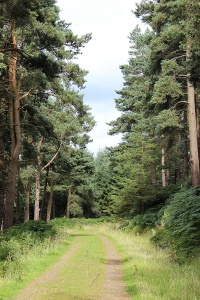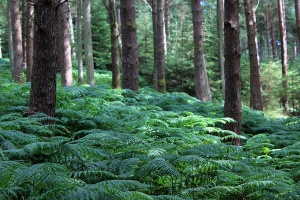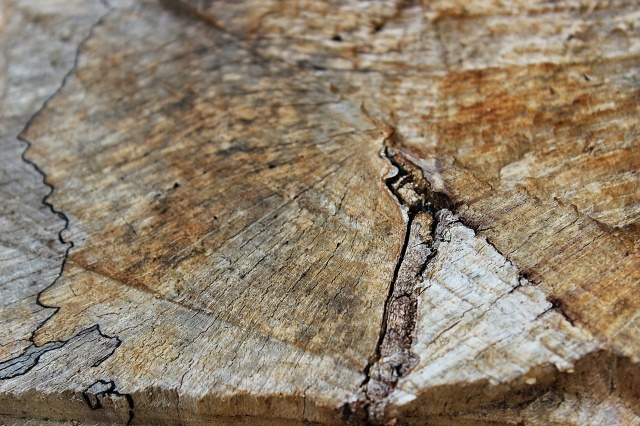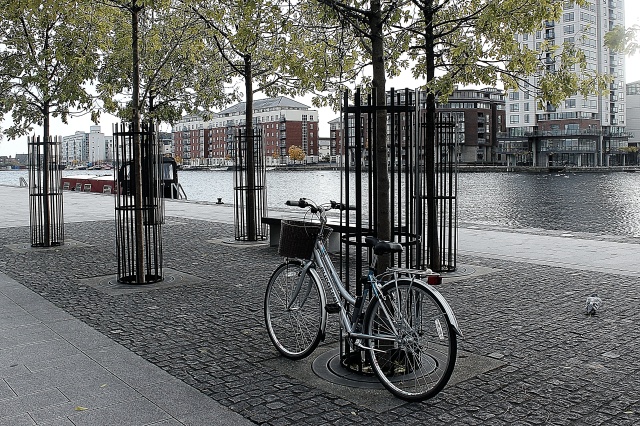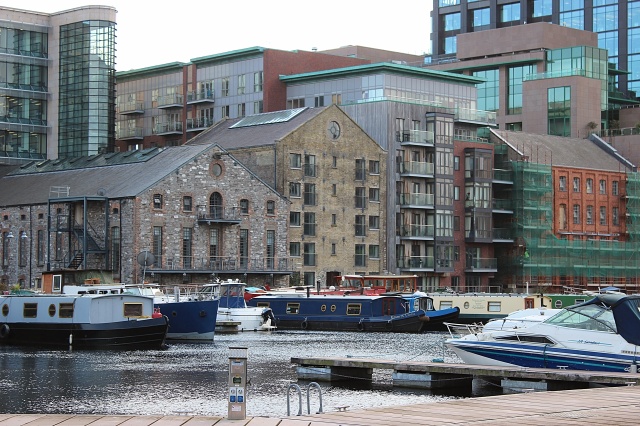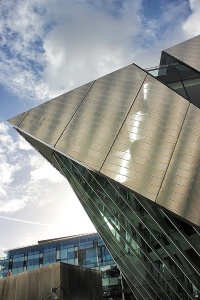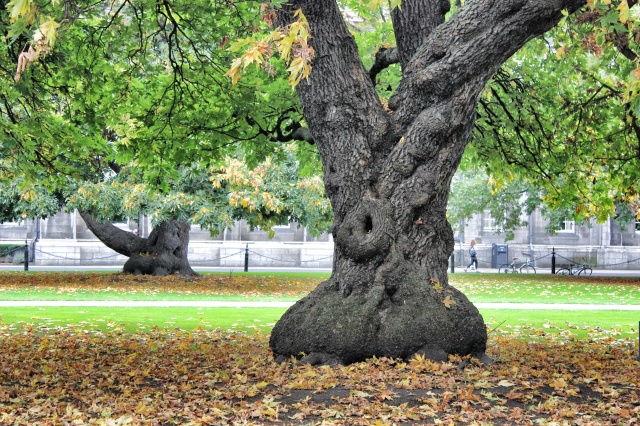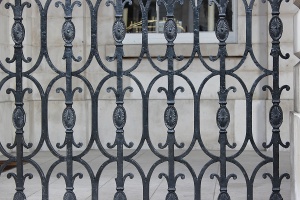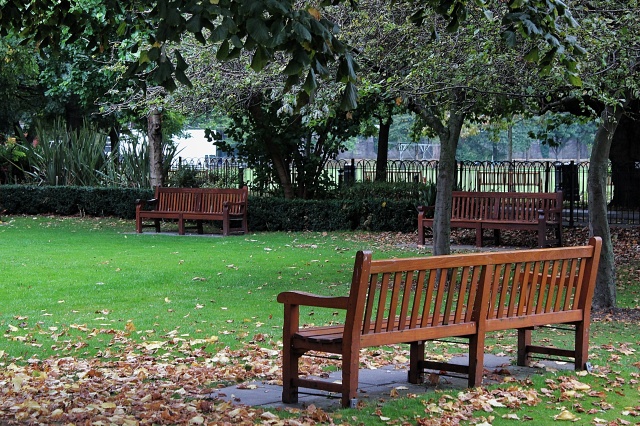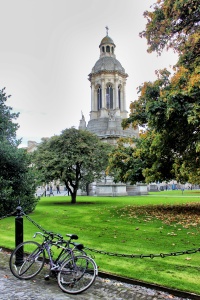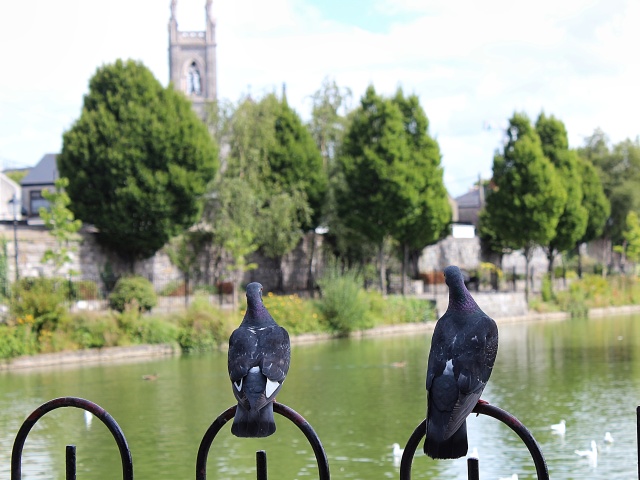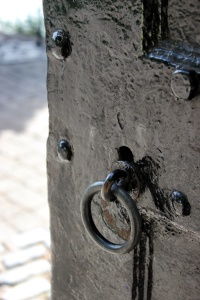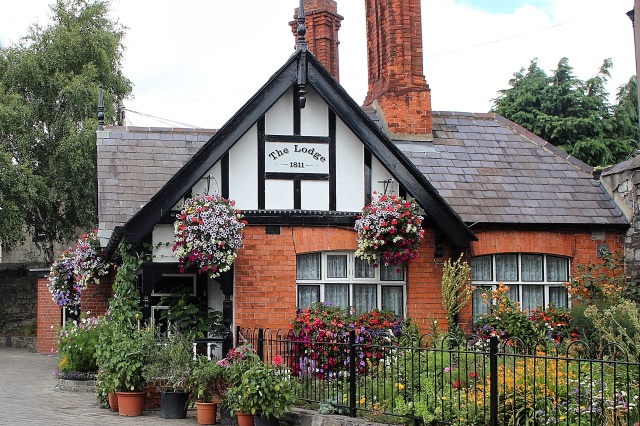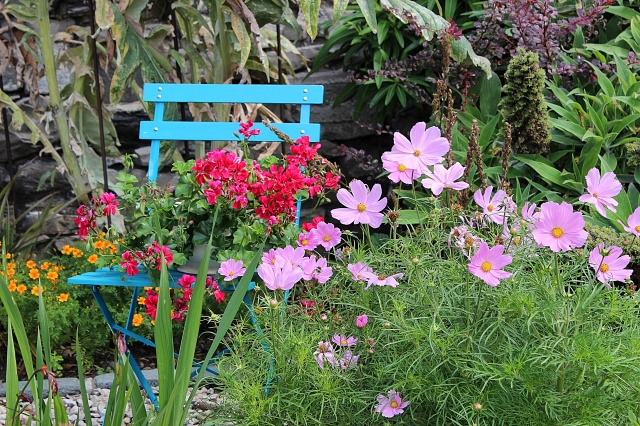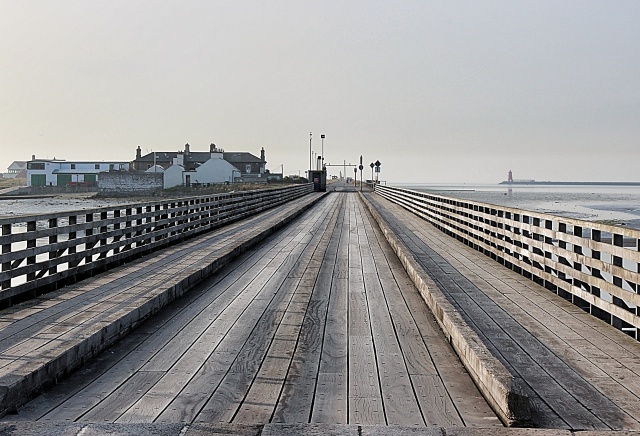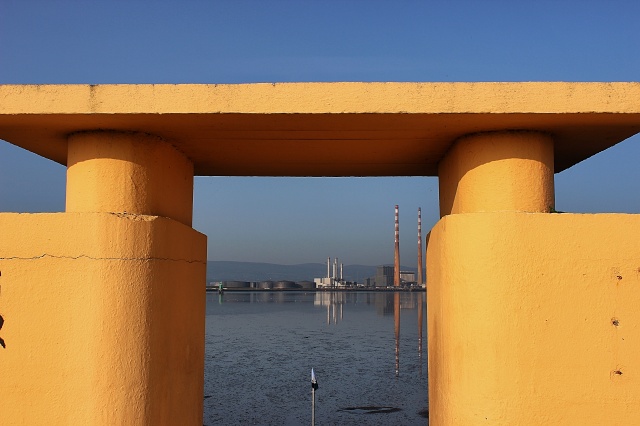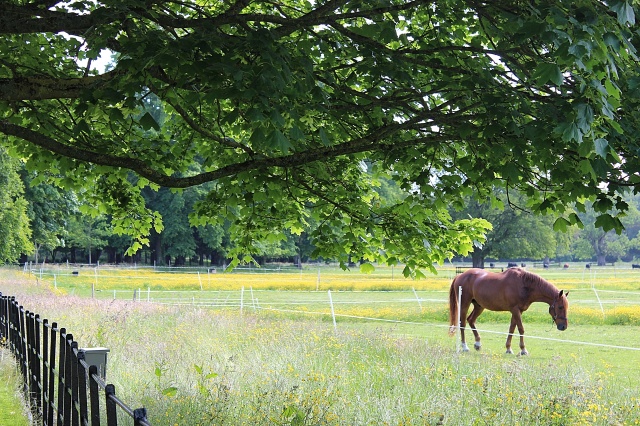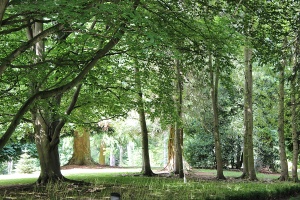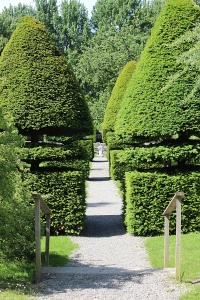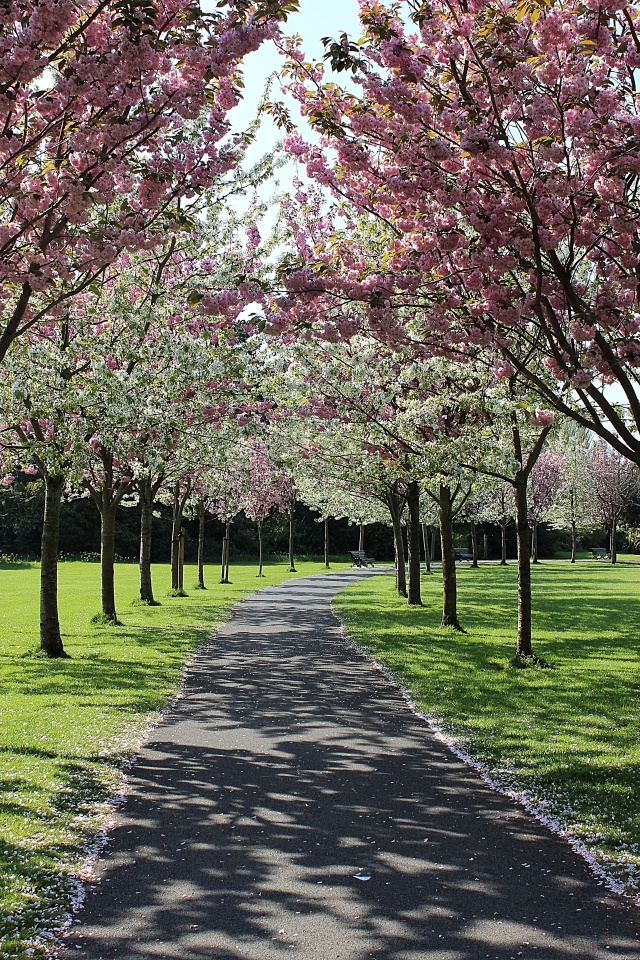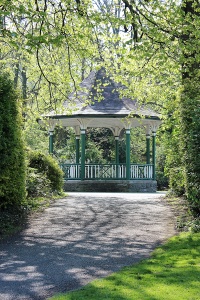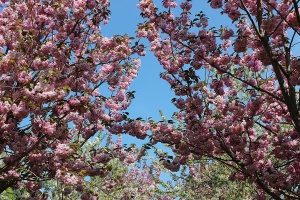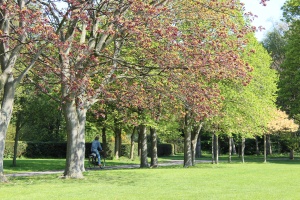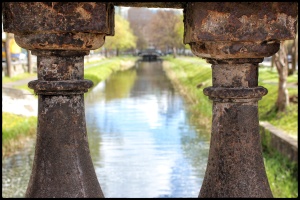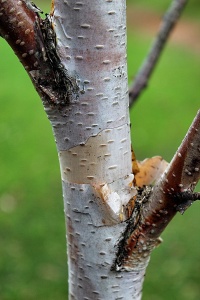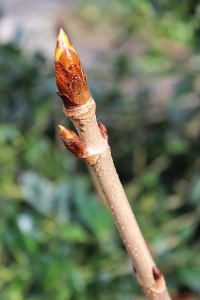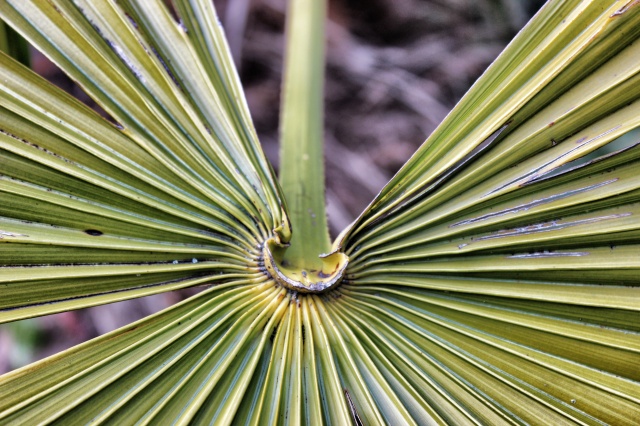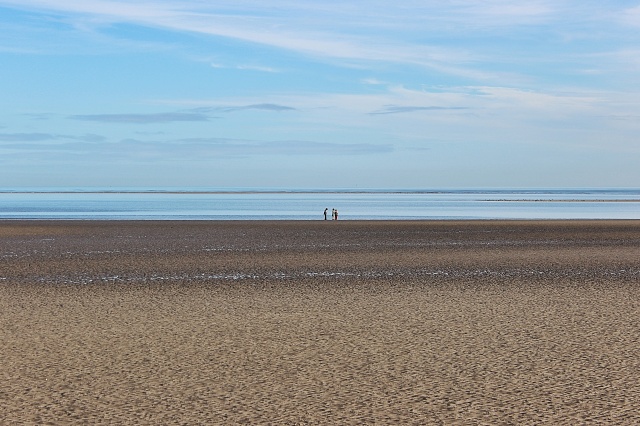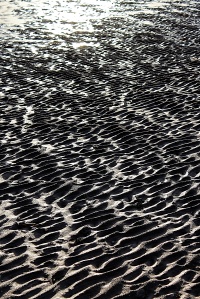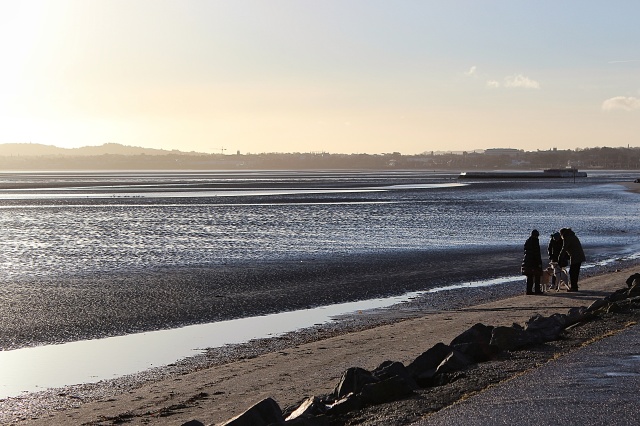Some days, you need a change of perspective. You’re tired of the usual vantage points; need something grander, more expansive.
On days like these, you head to the mountains. (You’ve friends who laugh at ascribing mountain status to hills like these, but you hold with the poet. Gods make their own importance.)
When you were little, the mountains seemed far away. Now you know how accessible they are: a thirty-minute car journey will take you from the city centre to the entrance of Pine Forest.
You find a spot to park; glance at the adventure centre’s zip lines and rope bridges. You’ve never been an adrenalin junkie (too much hard work), but you’ve learned to keep a pair of walking shoes in the car.
You join the trail at the barrier, climb gently. Farmland stretches below you: fields and hedgerows glinting in winter sun. Beside you, pine trees stretch, tall and silent. (The area’s official name is Tibradden Wood, but everyone you know calls it Pine Forest.)
The trail becomes steeper and your breath quickens. You catch your first glimpse of the bay, locate the Pigeon Towers. You use the towers as a reference point; plot the coordinates of your daily life on the topography below. You find it comforting, pinning your life to specifics of time and place.
You continue walking, past spruce and larch and more pine. The track narrows, takes you beyond the forest towards the summit. You know the view that awaits you; know how much you need to see it.
First the mountains: Glendoo, Two Rock, Three Rock. Then the Bay: Ireland’s Eye, Howth.
You take it in; wait a long moment before turning your attention to the city.
It looks so small from here, yet everything you love is packed within it: the beaches and canals, parks and gardens, rivers and lighthouses.
A gust of wind stings your eyes.
Time to head back, you think.
Time to head home.
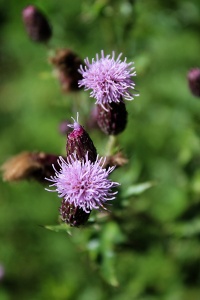 Pine Forest is situated about 6km south of Rathfarnham, on the slopes of Tibradden Mountain. Beloved by generations of Dubliners, its several walking trails provide an accessible and (reasonably) gentle introduction to hill walking.
Pine Forest is situated about 6km south of Rathfarnham, on the slopes of Tibradden Mountain. Beloved by generations of Dubliners, its several walking trails provide an accessible and (reasonably) gentle introduction to hill walking.
The forest includes Scots pine, Japanese larch, European larch and Sitka spruce, as well as oak and beech.
There’s a treetop adventure centre at the entrance to the forest. Admission charges apply. But parking is free.
So are the views.



